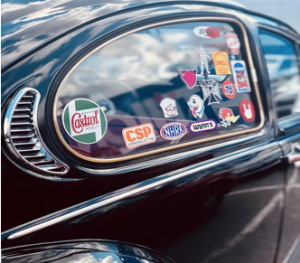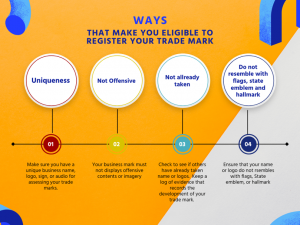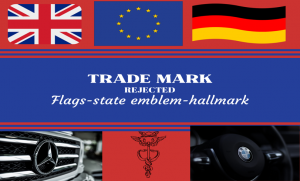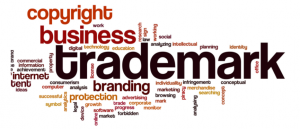We often discuss how important it is for brands to get their names and logos! Well, another entity that must ensure to get a registered trademark is the not-for-profit organisations or NGOs. But, why?
We’ll find out soon but before that, let’s cover our basics!

What are NGOs?
As the name suggests, a non-profit organisation is an entity that is established independently to serve society and address its social or political issues without aiming for profits.
What is a Trademark?
Trademark is Intellectual Property protection conferred over a logo, name or distinctive mark of a product or a service. It helps people identify with a particular brand and its operations. Many NGOs have trademarked their business. For example- The American Red Cross Society has its name and logo (the red cross emblem) trademarked.
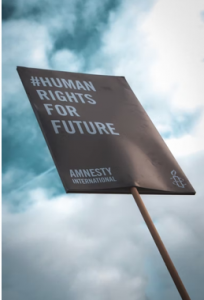
Why an NGO should have a Trademark?
Finances are required even for an organisation that solely intends to serve society without making profits. Your only mode of income is public donations. So, here are a few major reasons to have a trademark:
1. Finance: To ensure that your fundraising campaign gets unsolicited donations, you must register your Trademark. You also get to sell your NGO’s merchandise to raise funds.
2. Goodwill: Trademark helps people identify the good source of goods and services and helps them distinguish it from other NGOs. It builds an image among the people.
3. Asset: Registering your trademark builds another intangible asset for you. So, in case you plan to expand, merge or sell your NGO, it will be valued higher than a non-trademarked NGO.
4. Exclusive Rights: Trademarks grants rights over jurisdiction where you may not necessarily operate. It also gives you the right to sue anyone who is misusing your name or logo.
In conclusion, registering a trademark is expensive. So, if you are new, put a ™ near your NGO name and logo until you can file for registration. Once, you have all the requisites, hire a professional who can conduct a thorough search before registering your trademark.
Check if your trademark is available on the GCS Global Brands website
To start your trademark search, navigate the GCS Global Brands website to check if your trademark is available. Here you can submit an enquiry and one of our trademark experts will be happy to have a chat to discuss which solutions will work best for you.






